It might seem like everyone is trying to reach into your pocket and take your hard-earned money these days. Inflation has raised the cost of goods higher than it has in some time, and many Americans are trying as hard as they can to find a good deal on everyday purchases. Unfortunately, big corporations will do whatever it takes to make a profit, so we need to know the signs of a deal that may just be too good to be true.
1. Buy Now Pay Later
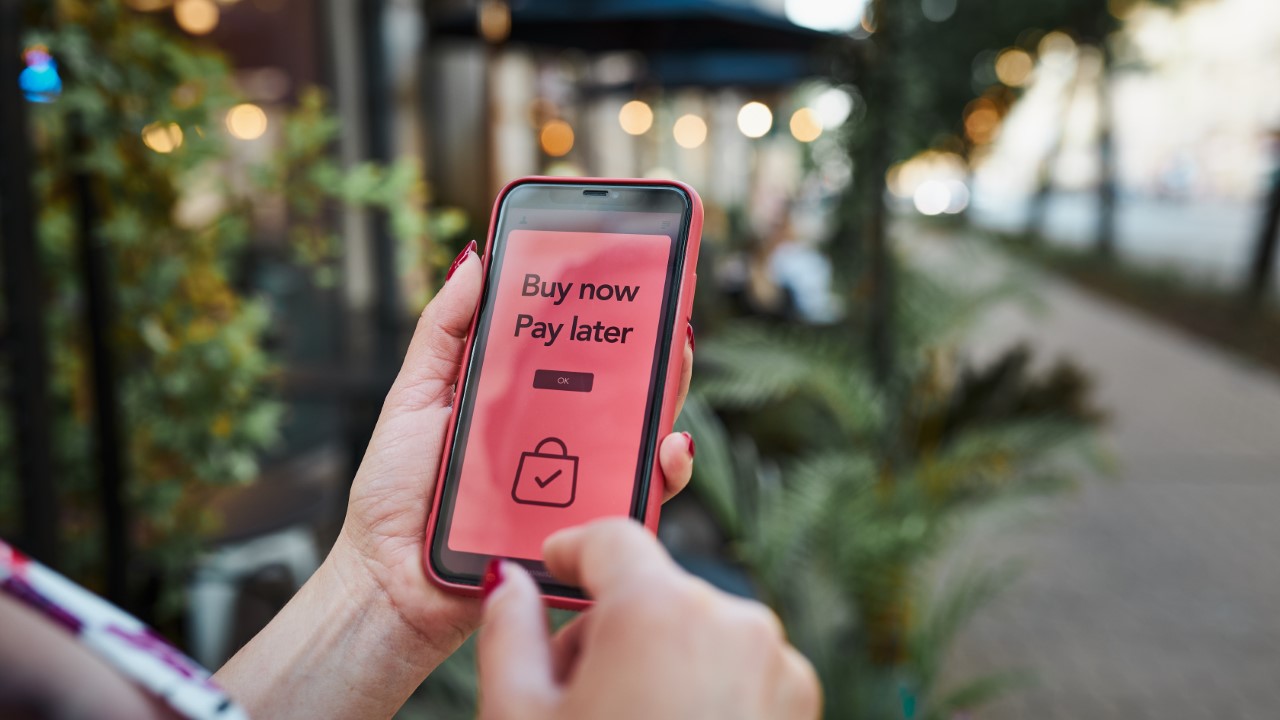
Installment plans have been a tool for increasing product purchases for many years. The phrase “Buy Now, Pay Later” is just a new twist on the plan. People tend to turn the practical side of their brain off when making a purchase, especially if the purchase is an impulse buy or a splurge on your own situation. Why not spend an extra sum of money now? That is a problem for you in the future. Boom, they got you.
2. Buy All These for Just X Dollars

We have all seen these bins at grocery and department stores. Most have a sign saying, “5 items for $10.” Naturally, we grab five items to get a total of $10. But what if we only need one or two products, and we could have gotten the two for $4? Too late. You’ve already left the store, and they took those extra six bucks from your wallet.
3. Shrinkflation
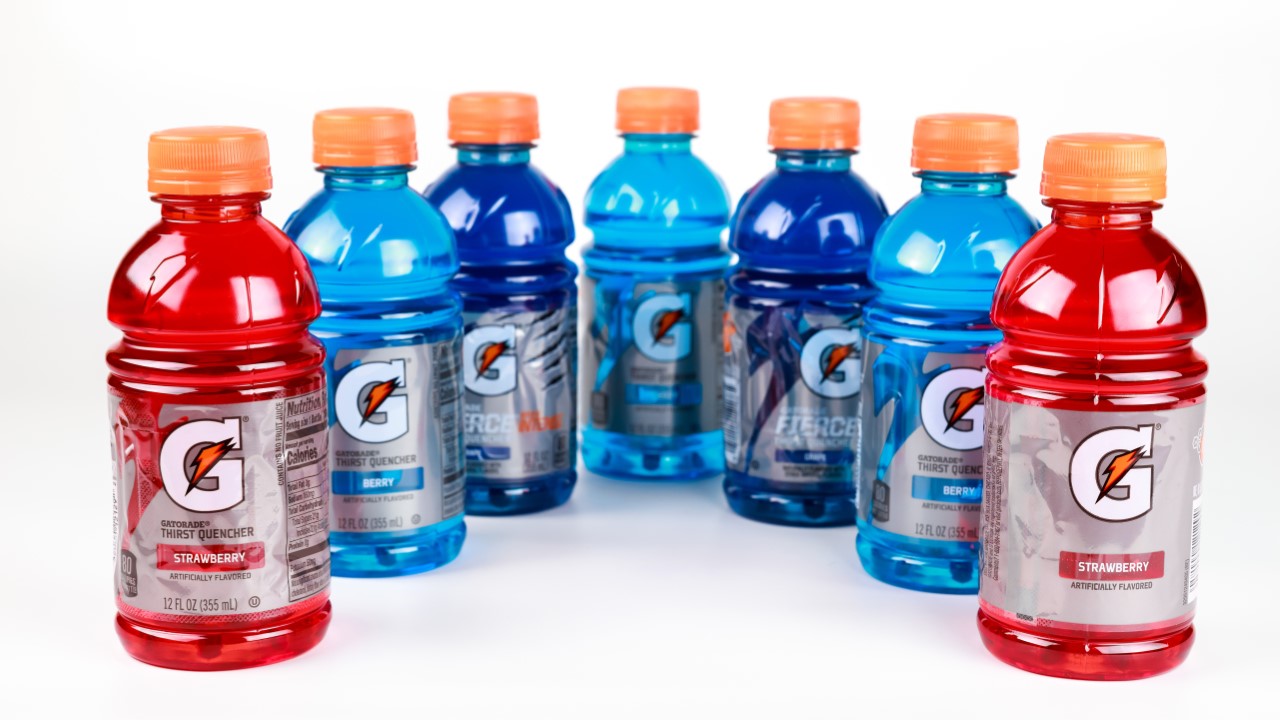
Shrinkflation is a term I have heard tossed around for a few years, but after looking at the evidence, I must admit it is a real issue. Products are slowly becoming smaller and smaller before our eyes without us even realizing it. Business Insider has noted that companies like Gatorade and Doritos have dropped portion sizes while maintaining the same price due to clever packaging techniques, such as making the bottles and bags taller. Hmmm. It seems a little shady.
4. “Up To” Sales
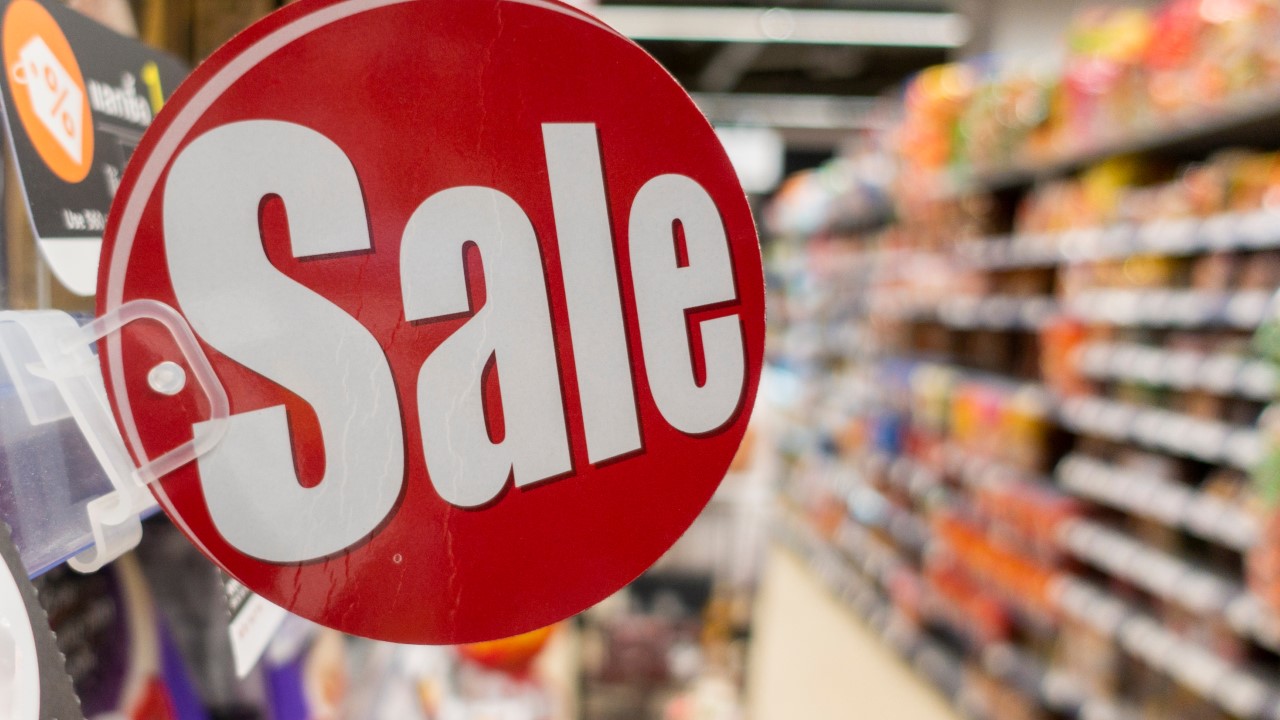
Can you picture the sign? Picture a store window with the sign, “Store Closing, Everything up to 50% off!” So you head in and start filling up your cart with items you presume are half-price. Not so fast, the sign said up to 50%, meaning some things are only 10% or 20% off. Stores are willing to risk that you will still buy that item simply because you put it in your cart even though you did so believing it was 50% off. Those tricky marketers!
5. Money Back Rebates
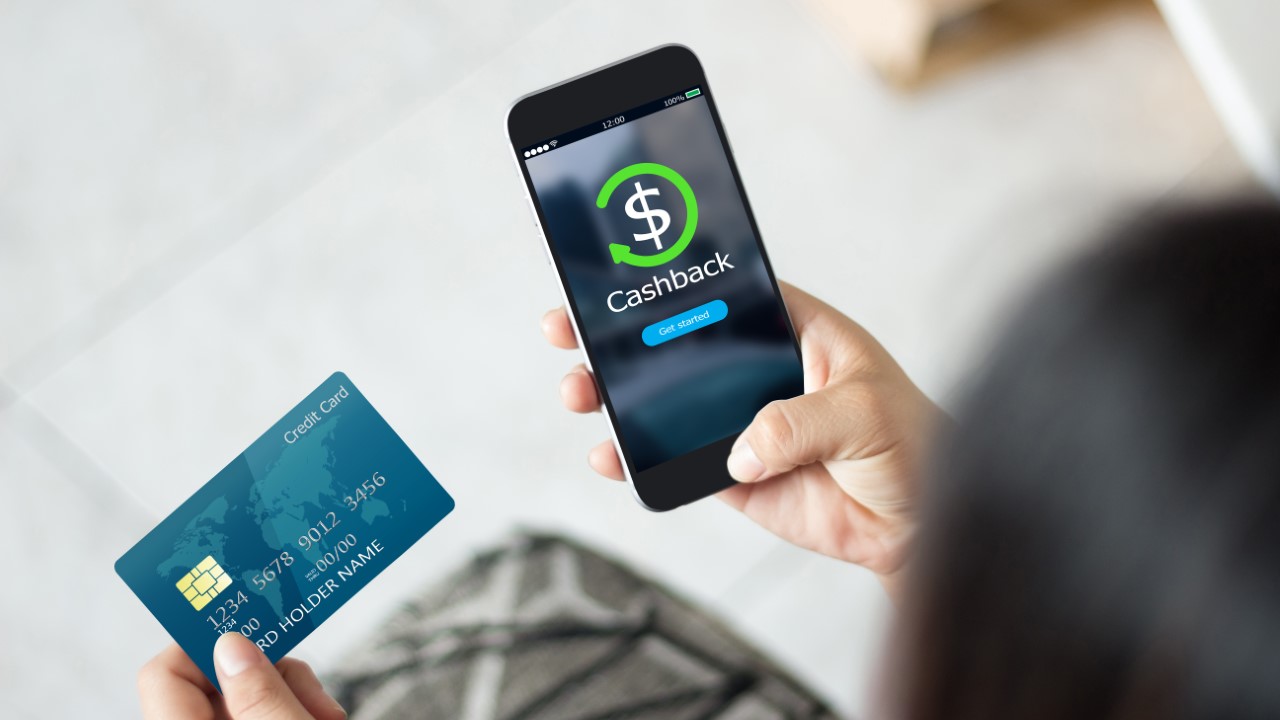
Have you ever seen an ad for a product with a money-back mail-in rebate? They aren’t as common as they were in past years, but the idea behind the program is that most consumers will forget about sending in the rebate. If the company gets only half of the rebates it offers back, then it is a major win for the company.
6. The Number 9 Trick

This is a mysterious trick that marketers use to mess with our brains. If we see a couch on sale for $1,499, we automatically think, “Wow, what a deal, a couch for under $1,500!” It is a phenomenon that has proven to exist for decades. In a 2003 study by Quantitative Marketing and Economics, more women bought dresses listed at $49 than similar dresses at $44. Great, now these companies can read our minds.
7. Financing Programs Focuses on Low Payments

You need to be careful when financing big purchases like cars by looking at the total price. You might have a small monthly payment, but the loan could last ten years, resulting in thousands of dollars in interest. This is why those pesky car salesmen always ask how much you can afford a month, not how much you can afford in total.
8. Price Framing
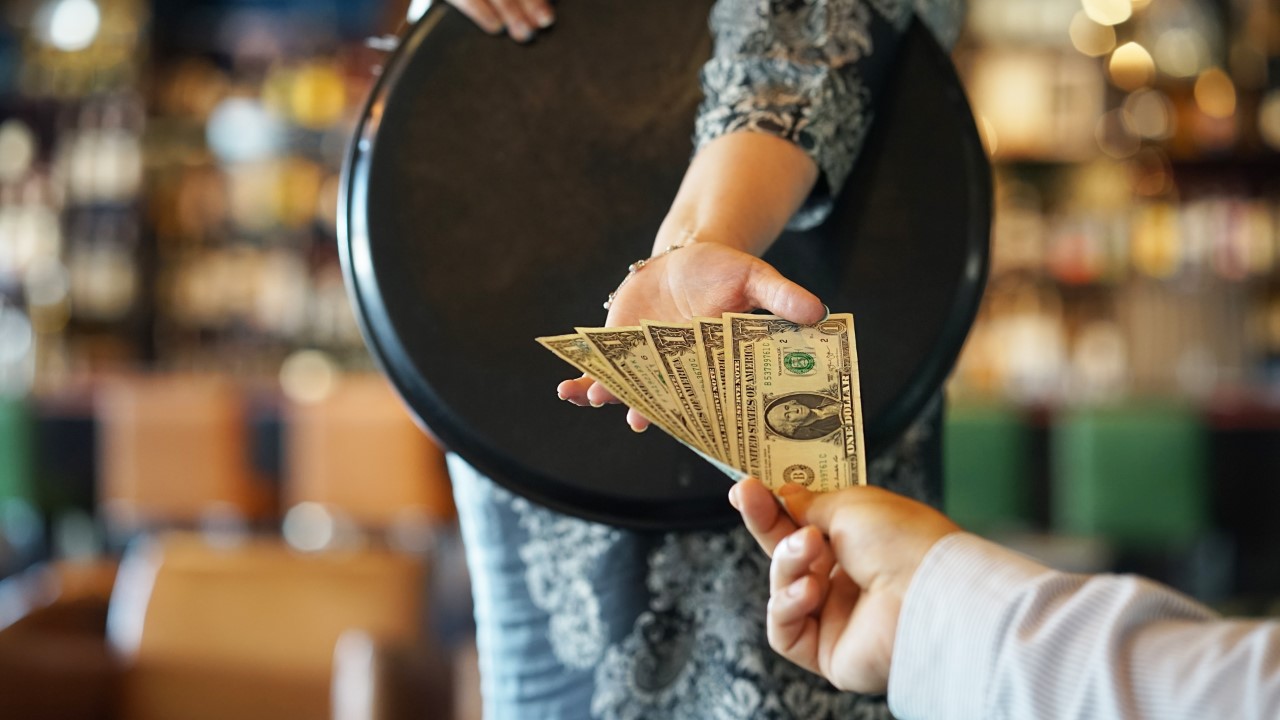
Price framing is a funny little trick businesses use to make us think the price of some items is reasonable by comparing it to other options. For example, you might dine at a fancy restaurant. The filet is a market price of $65 that evening, but the New York Strip is only $40. The strip steak might be overpriced, but you think you are getting a great deal compared to the filet.
9. Price Anchoring

Another devious tactic marketers use to make us spend more money is price anchoring. This technique occurs when you see a product on sale for $40 when the original price was $80. Sounds like a sweet deal, right? Too bad the store never planned on selling the product for that high of a price, and it was a front to make you think you were getting a great deal.
10. Free Subscriptions
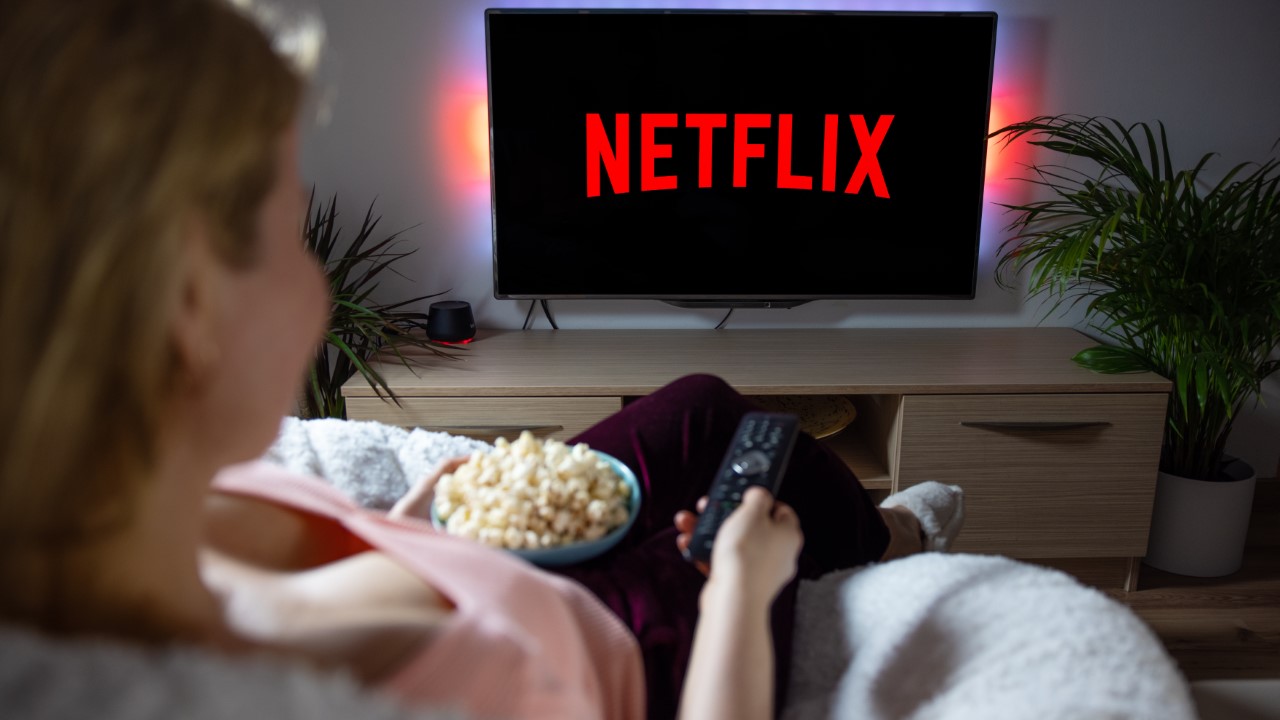
I’m sure you have seen subscription services offering free sign-up plans on software or services. Well, that is just the bait they use to hook you and reel in your credit card. Most of the free plans are designed to make you want to upgrade to premium packages that cost a monthly fee. Once you get over the free options, you will most likely succumb to the temptation and upgrade to premium services.
11. Decoy Pricing

This technique is used a lot in tier-based subscription services. The idea is to make one tier look more reasonable than the others because that tier is priced at a rate that will make the company the most profits. For example, tier 1 is $4 and offers three options. Tier 2 is $10 and offers ten options, and tier 3 is $20 and offers 15 options. Tier 2 is the best bang for your buck, but it was designed to lure people away from the basic tier 1 option.
12. Limited Supplies

How often have you been online shopping and see phrases like “Supplies running out” or “Only four remaining items at this price”? This business is trying to capitalize on your fear of missing out. Please don’t fall for it. There will most likely be plenty more; it is just a crafty trick to get you to overspend on a product.
13. The Gruen Transfer

The Gruen Transfer is a method big corporations use to make you spend more money by making the shopping experience busy and confusing. Think about this philosophy next time you are at Ikea. The store makes you walk all the way through before getting to the items you really need. They are banking on the belief that you will find something you weren’t planning on buying but end up taking it to checkout.
14. Bundling

I see a lot of bundling in streaming, gaming, and subscription features. The idea is that consumers will save money if they bundle multiple plans into one easy-to-pay bill at the end of the month. The real idea is that these companies are hoping you sign up for more services under the preconceived notion that you are saving at the end of the month. The next thing you know, you are paying a few extra dollars for something you didn’t really want, but you are sucked into that bundle price.
15. Impulse Buys

Ever wonder why they put snacks in line at the grocery store? The answer is simple. They are hoping you are just hungry enough that you need a snack before you go home and make dinner. This is even easier when you have a fussy toddler who wants out of the cart, and the only way to keep him from throwing a temper tantrum is to give him some candy. These large corporations know what they are doing. If you were planning to buy candy, you would have gone down the candy aisle and not spent an extra $5 while waiting to check out.
Read More From Us – 17 Movies With Zero Expectations That Blew Us Away
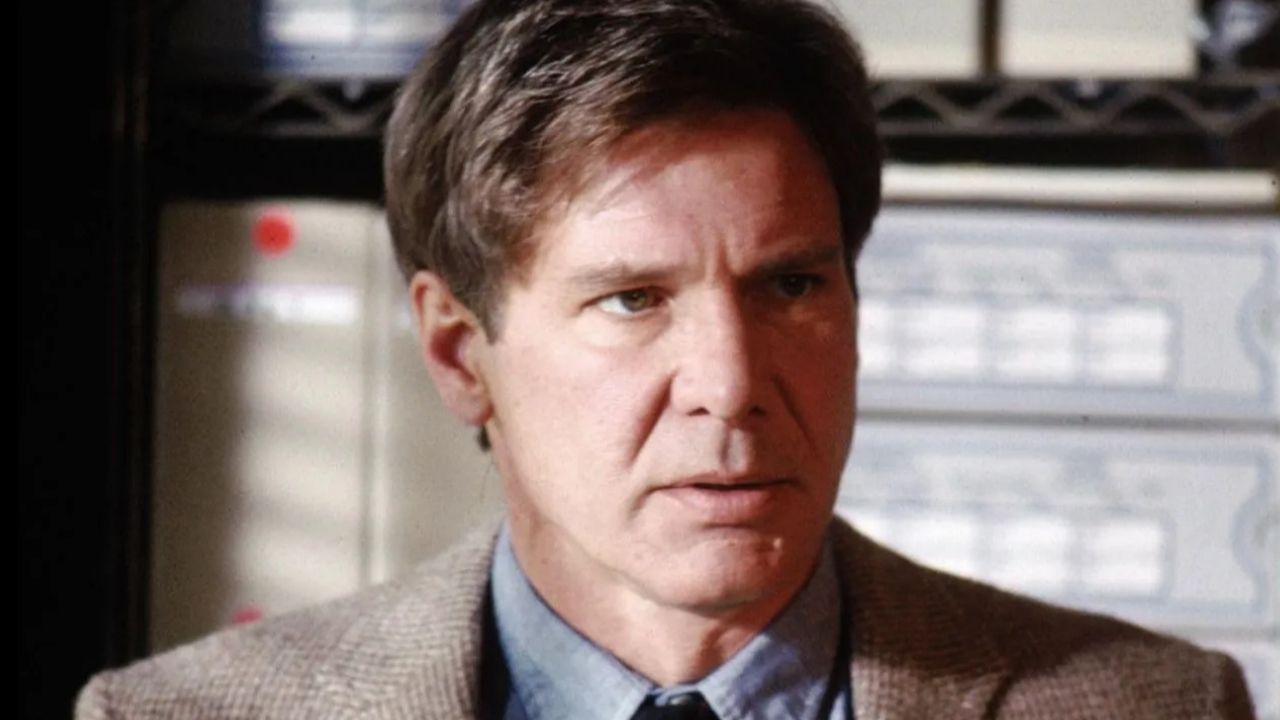
Never judge a book by its cover. You can say the same about movies.
Some of our favorite films are the ones we went into with no expectations. Despite this, they blew us away from start to finish.
17 Movies With Zero Expectations That Blew Us Away
Read More From Us – Classic 80s Movies Better Than Anything Released Today
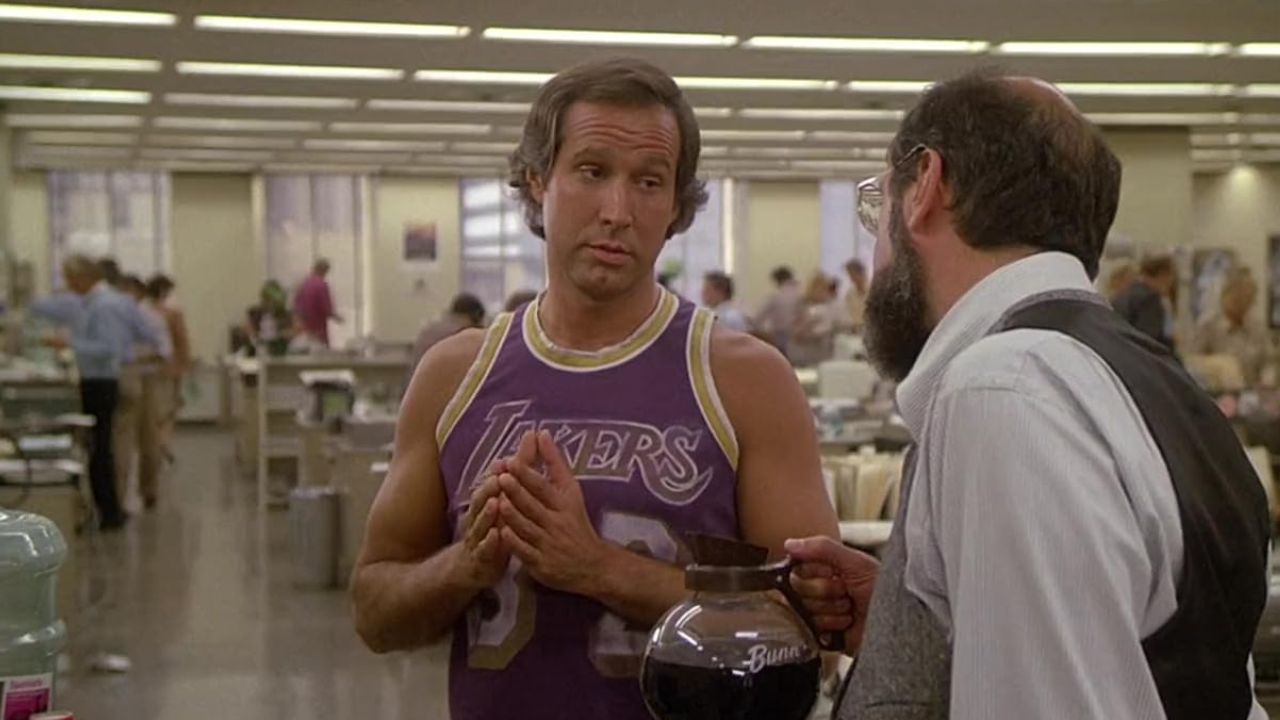
The 80s was an incredible time for film. From award-winning cinema to hilarious comedies and everything in between, there was something for everyone to enjoy.
Thankfully, many of these 80s movies still hold up today. I regularly find myself watching these beloved 80s movies more often than modern cinema.
